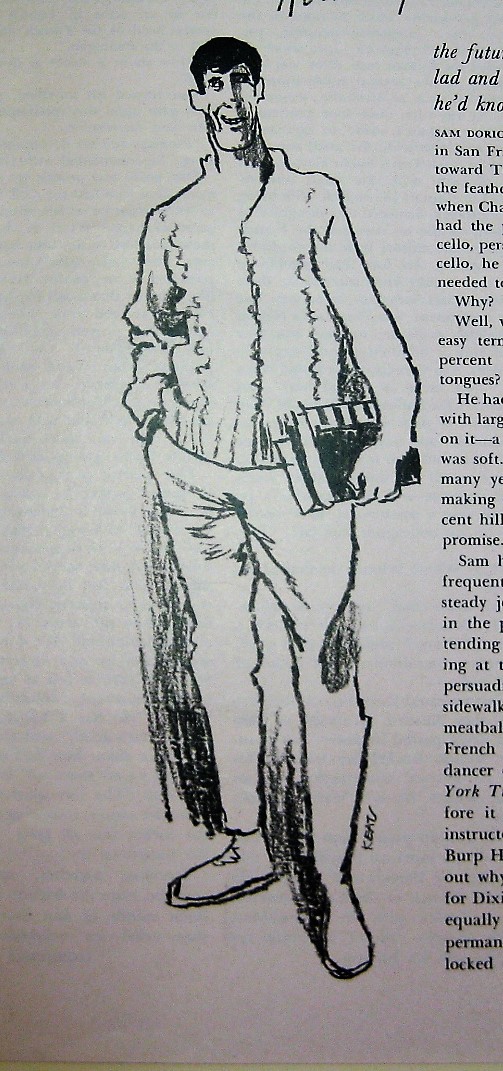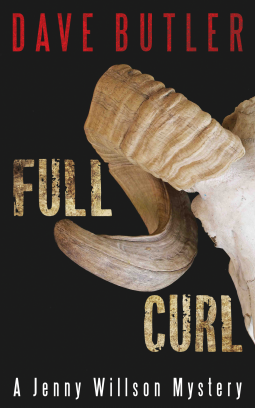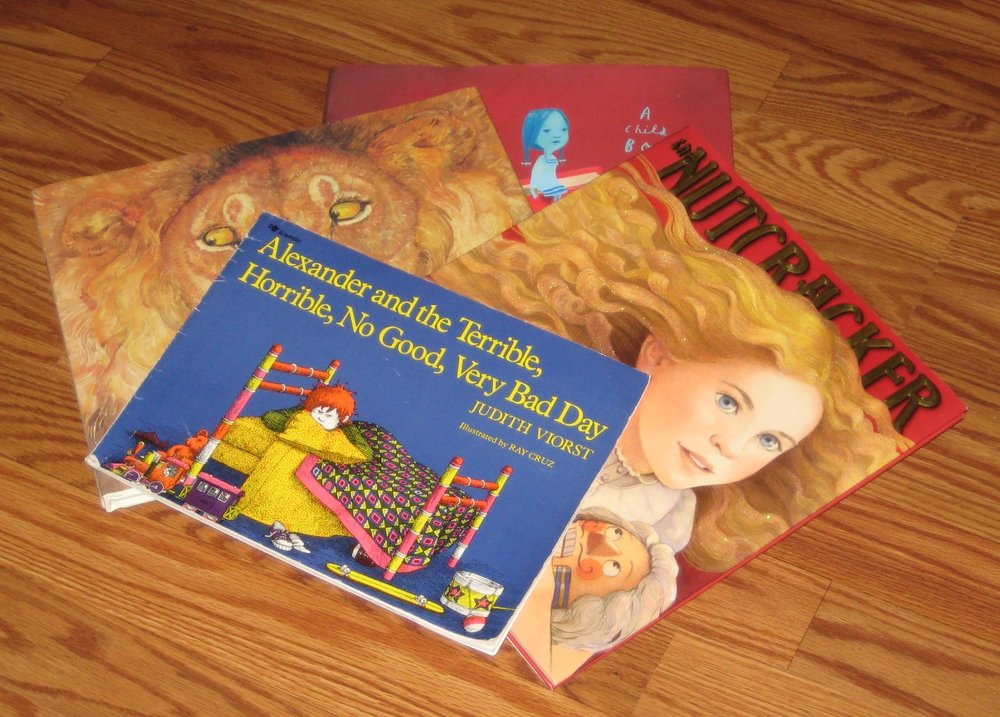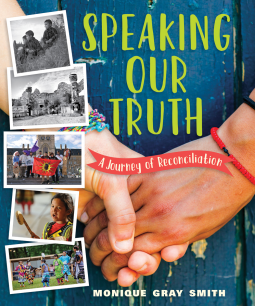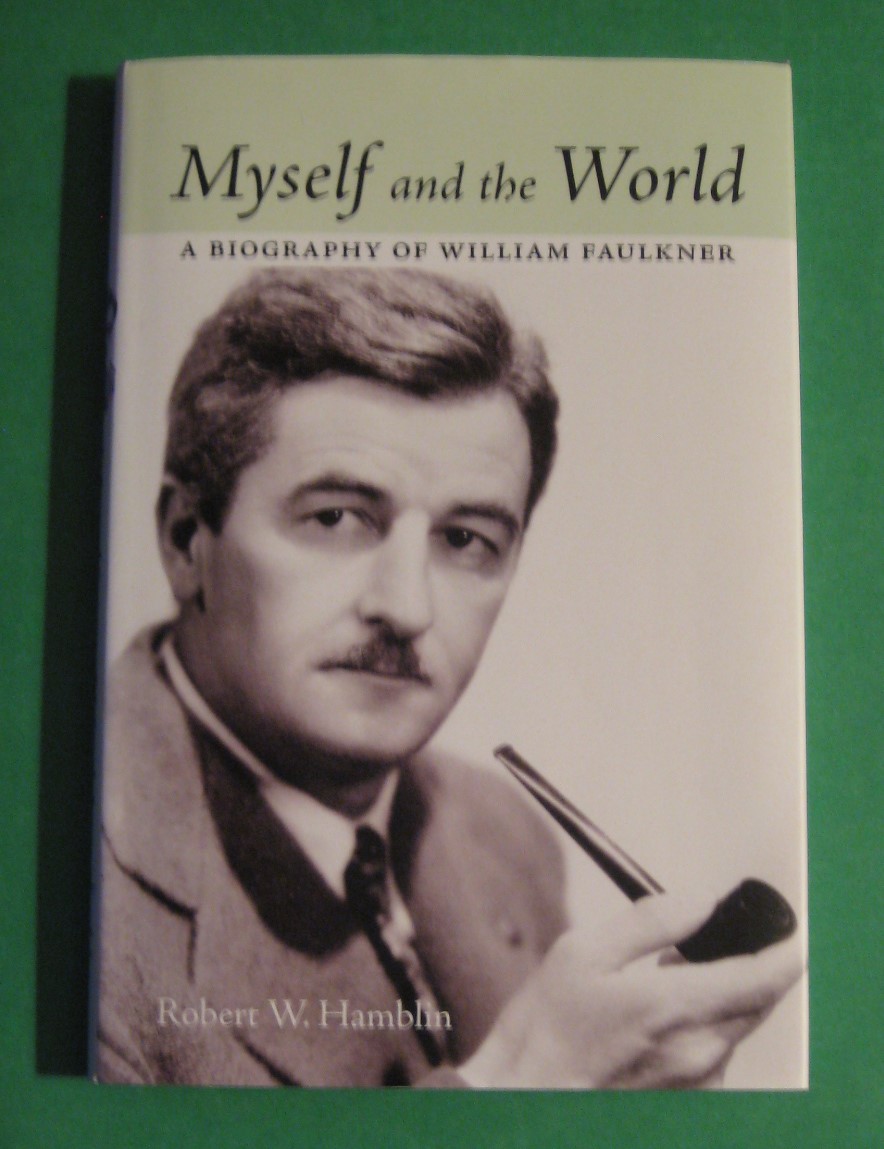 On a week when Joyce Carol Oates was quoted as saying, “If Mississippians read, Faulkner would be banned,” it just so happened that this Mississippian was in the midst of an excellent biography of William Faulkner, Myself and the World: A Biography of William Faulkner by Robert W. Hamblin. It seemed the perfect foil for her statement.
On a week when Joyce Carol Oates was quoted as saying, “If Mississippians read, Faulkner would be banned,” it just so happened that this Mississippian was in the midst of an excellent biography of William Faulkner, Myself and the World: A Biography of William Faulkner by Robert W. Hamblin. It seemed the perfect foil for her statement.
Hamblin himself notes that excellent biographies of Faulkner have been written by academics for academics. His intended audience, the general reading public including younger readers, brought him to write an interesting and readable volume. Chronologically, he follows Faulkner from his birth in New Albany, Mississippi to his death with his wish fulfilled of leaving work that would live long after him.
Contrasts abound in Faulkner’s life. Critical acclaim in the world at large was followed by antipathy in his native Mississippi. His brilliant writing periods intersperse with times when he fell prey to alcoholism. Family ties include devotion to his mother and taking an orphaned niece into the family but having multiple extramarital affairs.
Hamblin says if the book causes the readers to want to read (or reread) Faulkner’s novels and stories, it will have served its purpose. I will admit that I found myself wanting to do just that as I read the account of where he was in life as each manuscript was finished. Starting with the Snopes trilogy, I plan to read with the biography at hand to match the time in his life to the book he was writing. I recommend the biography even to those who aren’t all that interested in Faulkner’s work.
Even before I begin the Snopes books, I just downloaded The White Rose of Memphis,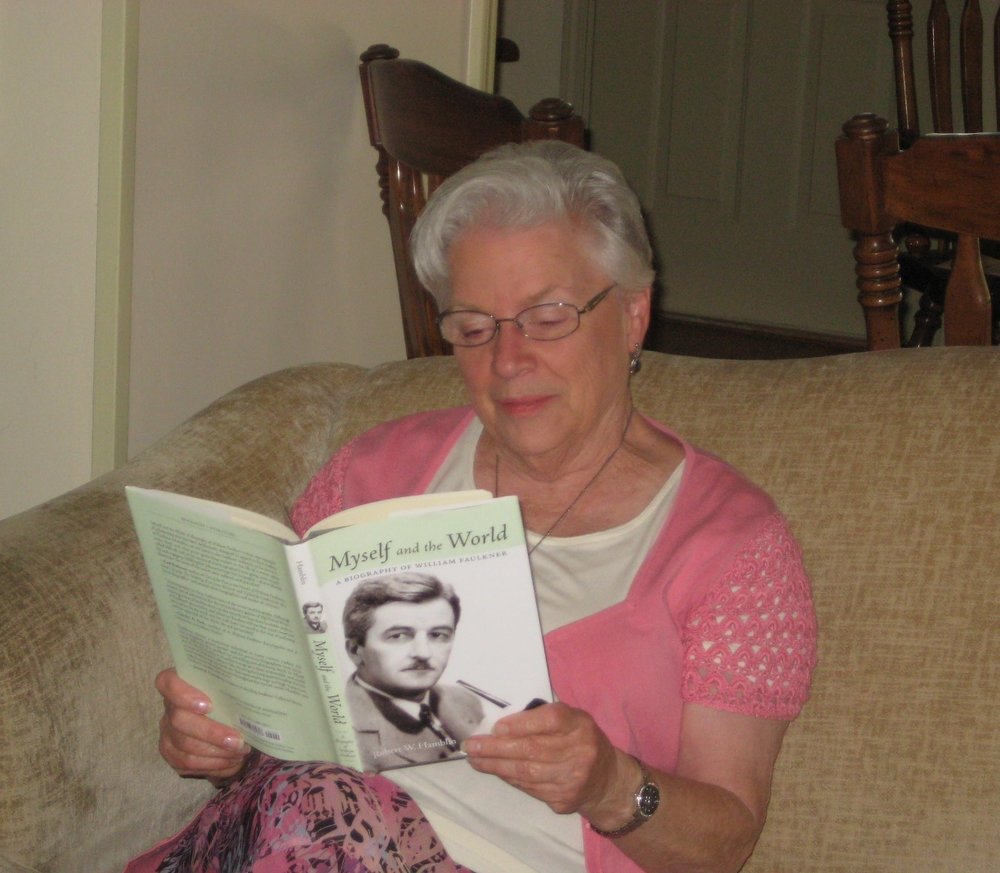 his grandfather Falkner’s claim to fame, intriguingly mentioned in Hamblin’s introduction.
his grandfather Falkner’s claim to fame, intriguingly mentioned in Hamblin’s introduction.
So, Joyce Carol, there are those of us in Mississippi who read quite a bit. Sometimes we used to read your books.


